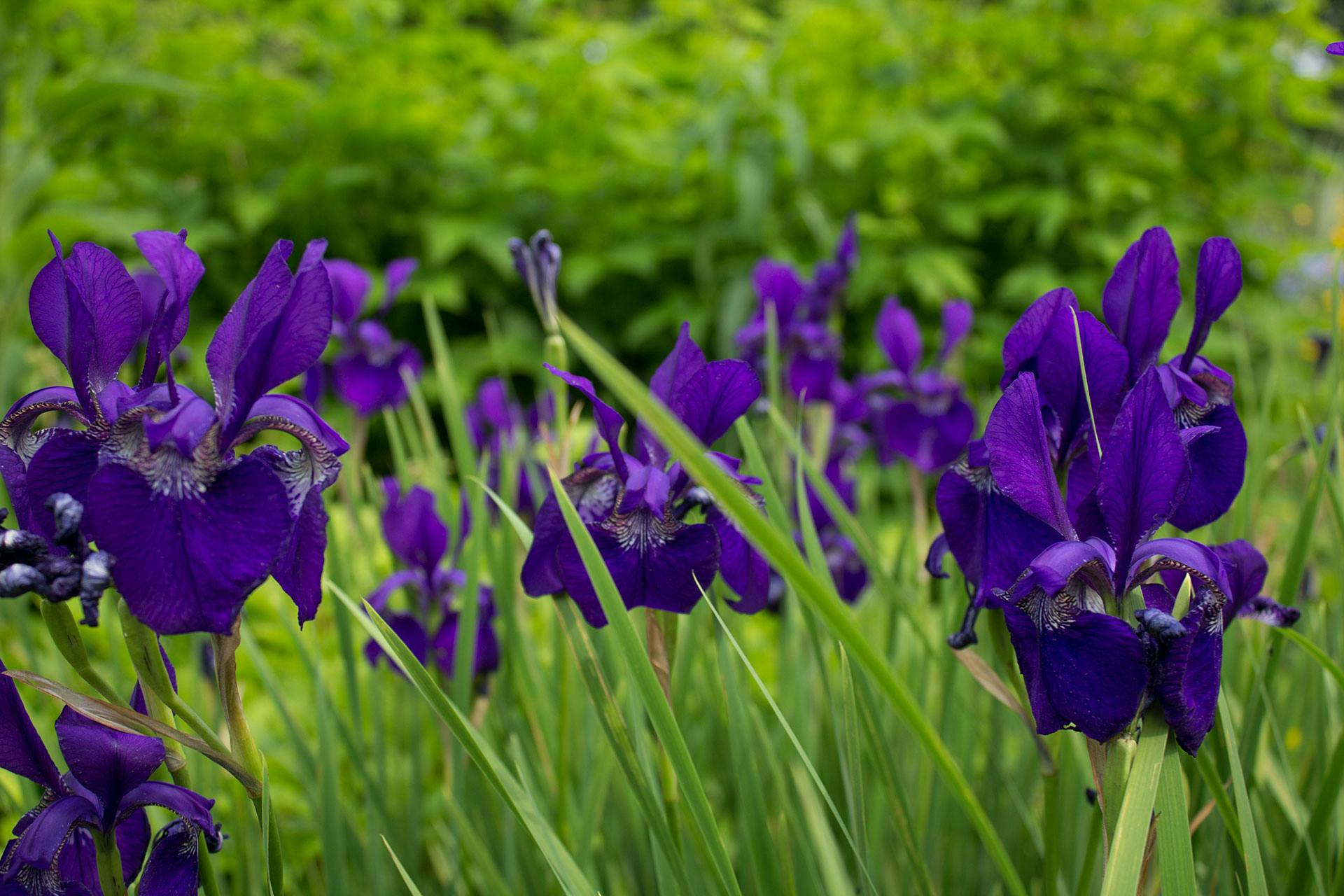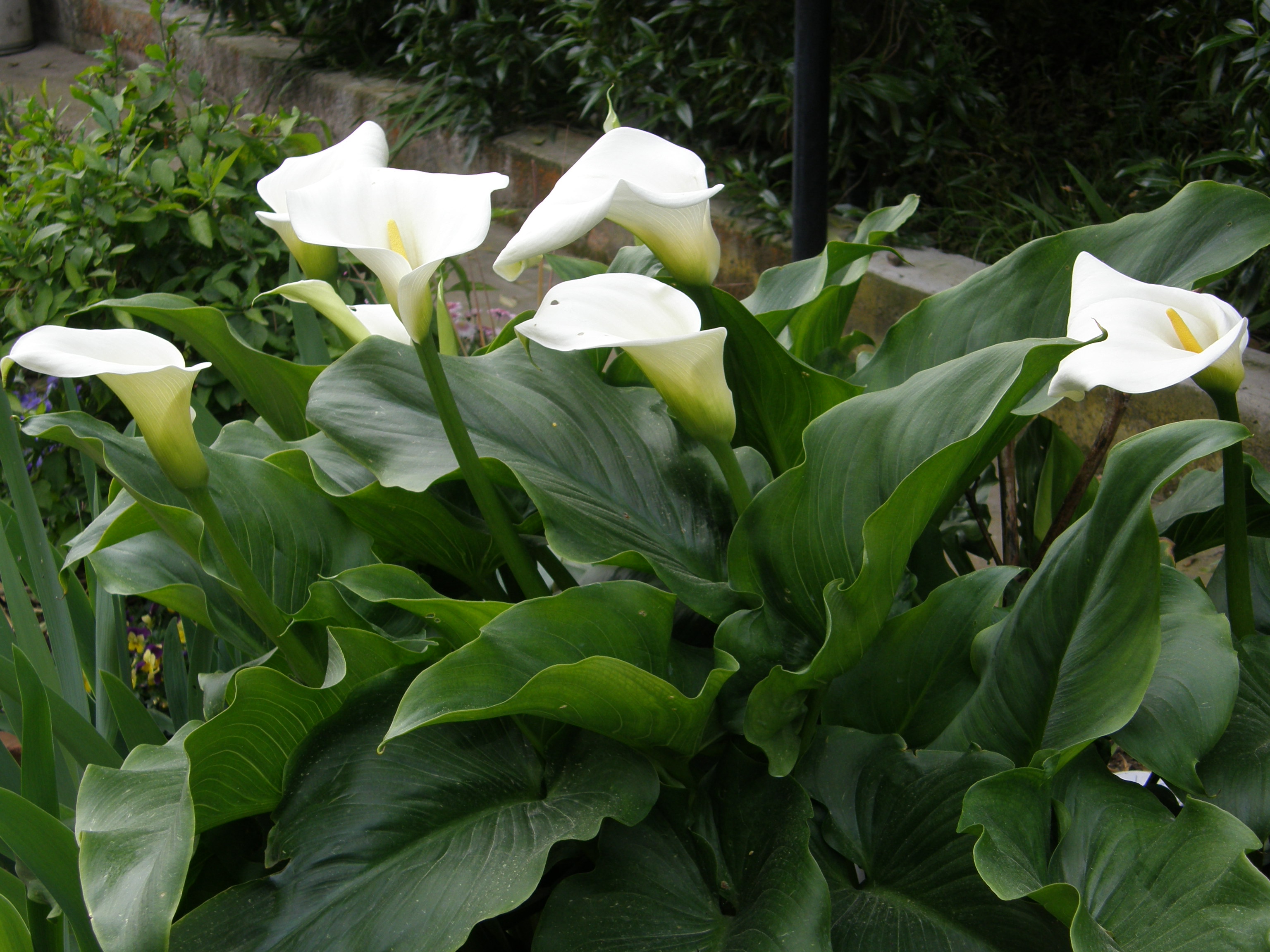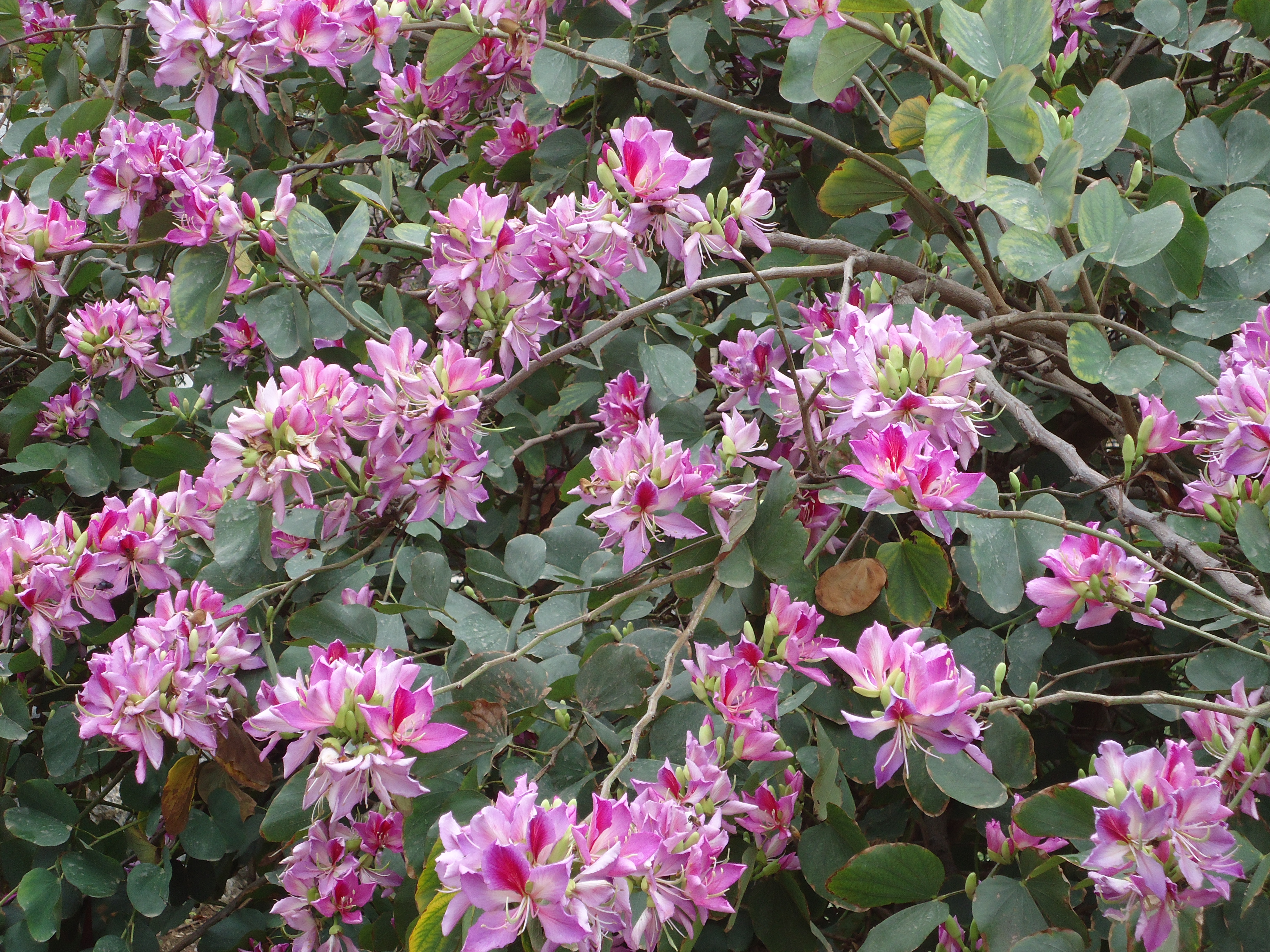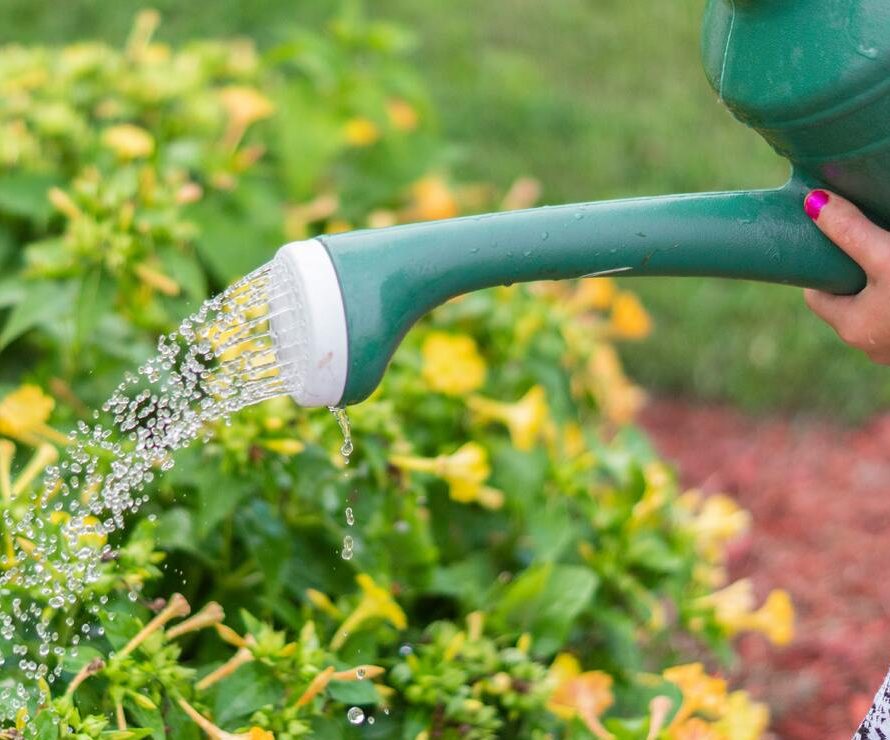Bulbs are coming out of hibernation
Sara Coleridge, daughter of Samuel Coleridge the poet, wrote verses for children during the mid-1800s and amongst her ditties about gardens and flowers that bloom each month, she is perhaps most famous for ‘March brings breezes loud and shrill to shake the dancing daffodil’.
Here in Cyprus February is regarded as the windiest month of the year, so having got past that date it is good advice to see if all is well in the garden like fences and pergolas, which may have moved in those winter gales.
Winter here is generally not as cold as in other parts of the northern hemisphere, in fact people in UK laugh at us here when we say it is cold and the thermometers are reading 16C plus. When you consider how hot it gets in the summer, then it does appear to be cold.
One of my favourite trees I always look forward to seeing in our early springtime and watch burst into red flowers before the leaves appear, is the Cercis tree, commonly known as the ‘Judas tree’ or ‘red bud’ in the US.
These trees can grow quite tall up to 12 metres in ideal conditions and perhaps too big for a garden. You tend to see them growing along-side the motorways here or in parks interspersed between the fir trees.
The next lovely trees to burst into bloom are Bauhinias. They are what I call avenue trees, as they decorate our avenues and streets with their camel foot-shaped leaves and pretty pink flowers. Their petals might fall on you as you walk by like huge pieces of confetti.
Almonds will have finished flowering now and hopefully the blossoms are turning into nuts, although the heavy rain last month and cold winds may have brought off many of the flowers, fertilised or not.
Lots of fruit trees need a cold season. Apples for instance will not fruit unless they have a cold spell. Several varieties grow well here, including perhaps the best known and world-wide favourite, Granny Smith, which was a chance seedling found in an Australian garden belonging to a Granny Smith in 1868.
Apples are exceedingly good for you being an excellent source of fibre and full of vitamin A and C. You know the old saying, ‘An apple a day, keeps the doctor away’. As far as I know the Israeli bred apple ‘Anna’ is the only one that does not need a winter chill and can survive around and below the 300-metre level here.
Cherries popularly grown at high elevations, like Kambos where there is little humidity, start to blossom and everyone waits in great anticipation for luscious black fruits to appear.
Flower beds are beginning to colour up again as the later flowering bulbs push their way through the earth and such delights they have in store for us. Heavenly perfumed freesias and hyacinths that we can grow here are some of those that started life in many other parts of the world.
Pretty freesias, originally from South Africa, delight us now with lovely colours, whilst those heavily-headed hyacinths exude their perfume all over the garden. They do grow well in pots too. Remember not to defoliate the early bulbs until the leaves are quite dead, or you may not have any flowers next time.
Lots of bulbs can be left in the ground hibernating until next season, although it is a good idea to cover them over with some compost to protect them from the summer sun. A reminder to take off any dying heads as you do not want the bulbs to make seeds, but rather put their energies into producing flowers for next season.
Irises start to bloom after their long dormant period and I always remove any dead or dying leaves as they occur by pulling them off along the rhizome. Iris albicans with white flowers and golden throats are the first to flower, although sometimes they are beaten to the post by Iris ziphium, known here as ‘Dutch’ iris or in some parts of the world as ‘Spanish’ irises. These flowers are available in deep blues, whites and yellows.
The larger iris, Iris germanica, has been bred into many different shapes over the years and is known as a ‘bearded iris’. These are true beauties in any garden. Plant with the rhizome facing into the sun and sitting on top of the soil but let the roots spread into the soil. They do best in a sunny bed.
Another introduction from South Africa is chasmanthe, wrongly named monbretia here. Although the corms may look similar, chasmanthes are flattish, whilst monbretia are much smaller bulbs.
Chasmanthes flower first and can be a couple of metres tall whilst monbretia tend to be front of border plants, the flowers coming later. Both plants were probably brought here by early settlers.
Also from South Africa, the foliage of calla lilies has been appearing for some time now and soon the flowers will be delighting us too. See Plant of the Month.
Don’t forget your pot plants which may have been out all winter and check the saucers to see that the plants are not sitting with their roots in cold water. They may need some extra care and attention now to help them through the coming hot weather.
Refresh the soil if you are able to and give them a feed of Phostrogen. Keep dead heading and removing dead foliage to ensure flowers for some time to come.
Seedlings of annuals, which are always better sown where you want them to grow, will be appearing. The very early old varieties of sweet peas like Matucana and ‘painted lady’ delight us in the early months of the year but I have not seen seeds for sale here. Maybe you can beg a few from gardening friends.

I have not seen the ‘Spencer’ sweet peas here either. They have longer stems and more flowers than those grown here and usually win prizes in horticultural shows around the world.
They were introduced in 1901 on the Spencer estate and named ‘Countess Spencer’. This is where the late Lady Diana Spencer was born and brought up. Maybe it is too hot for them in sunny Cyprus and they would just burn in our hot summers.
Some annuals thrive wherever they are grown, so once they germinate you may need to remove those that are crowded together to give the others space to grow.
In Cyprus they are early flowerers and have finished by the time the summer heat arrives. Nevertheless, they are worth growing and add colour to the flower beds.
Favourite annuals of mine are the little blue-flowered nigellas, most suitable for the front of borders.
Climbers like honeysuckle are such a treat in the early garden, although the flowers and foliage may be burned as the sun becomes hotter. They need support and will ramble all over the garden unless contained in some way. Nevertheless, their perfume is to die for!
Rosa banksiae, the only rose that will grow in my garden, is another scrambler and needs space to thrive. The tiny white or yellow flowers have a light perfume that some liken to violets. It rambles along my fence line and requires little attention.
The now largest Rosa banksiae in the world was planted in Tombstone, Arizona in 1885 and has a huge trunk and as you can imagine takes up a lot of space, so be warned.
Time to think of summer salads again so prepare your plot ready for plugs of lettuce, tomatoes and cucumber. There is nothing wrong with buying plugs nurtured into growth at nurseries and you can harvest your salad crops much earlier than waiting for seeds to germinate.
Remember that tomatoes do better if you sink an empty plant pot next to the plant and put the water in there.
Plant of the Month Zantedeschia aethiopica

This popular plant in Cypriot gardens is another one that started life in South Africa, although by its botanical name you would think it came from Ethiopia, which in times past was regarded as South Africa.
You may know it as the ‘calla lily’, ‘lily of the Nile’ or ‘Easter lily’, but is not a true lily.
This lovely perennial plant has a rhizome-like rootstock and will grow in the same place for years and increase in size. In some places they are known as marginal plants enjoying damp soil around the roots, but grow equally well in our hot gardens too.
The flowers appear ahead of the summer heat, usually in time for Easter and are bright white with a prominent yellow spadix rising above the foliage on long stems. They have a slight perfume in order to attract pollinators.
Propagation is by division. Cut out a division with a sharp spade and replant in a new spot. After flowering the leaves will die down, so remove them and cover the plant with compost and let it rest until the next spring, with only occasional watering.







Click here to change your cookie preferences